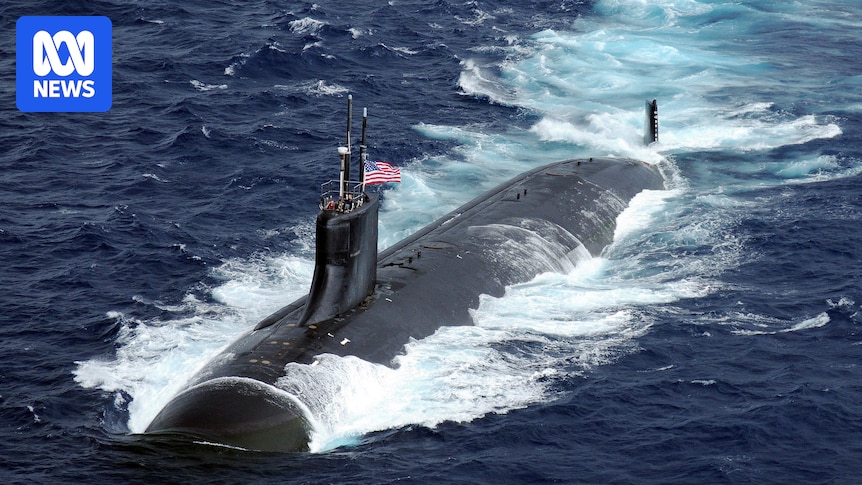
The Albanese government has announced a significant investment of $12 billion to expand a submarine and naval shipbuilding facility near Perth, under the AUKUS security agreement. This comes amid ongoing uncertainty about the future of the pact, as the Trump administration continues to pressure Australia to increase its defense spending.
This substantial funding commitment, set to be revealed on Sunday, will bolster the development of a major defense precinct in Henderson, located south of Perth. The funds will primarily support the construction of surface vessels for the Australian Defence Force, beginning with the army’s new landing craft. Additionally, the investment will facilitate the building of docking stations for nuclear-powered submarines, with Australia anticipating the arrival of its first Virginia-class submarine in the 2030s as part of the AUKUS agreement.
Strategic Expansion and Future Capabilities
Prime Minister Anthony Albanese is poised to make the announcement in Perth, accompanied by Deputy Prime Minister and Defence Minister Richard Marles, Defence Personnel Minister Matt Keogh, and Western Australia’s Premier Roger Cook. In a statement, Mr. Albanese described the investment as “another way we are delivering record defense funding to bolster Australia’s capabilities.”
The government estimates that the defense precinct in Henderson will require approximately $25 billion over the next decade. An $8 billion operation is already underway south of Perth, where five nuclear-powered submarines and over 1,000 American personnel are expected to be based as part of Submarine Rotational Force-West. This operation marks the first tangible implementation of the AUKUS agreement, with up to four US Virginia-class submarines and one UK Astute-class submarine scheduled to rotate through HMAS Stirling for maintenance and repairs starting in 2027.
“This investment represents a significant step towards enhancing Australia’s defense infrastructure and capabilities, ensuring our readiness for future challenges,” stated Prime Minister Albanese.
Challenges and Diplomatic Dynamics
The expansion efforts are set to deeply integrate US military personnel and defense hardware into Western Australia, potentially complicating any future shifts in US policy should the Trump administration’s interest in the security pact wane. The Pentagon’s ongoing review of AUKUS has cast doubt on the White House’s continued support for the agreement.
In response to these uncertainties, Defence Minister Richard Marles recently made an unplanned trip to Washington DC, where he held discussions with senior Trump administration officials, including US Vice-President JD Vance. A notable incident occurred when the Pentagon initially denied that Mr. Marles had met with US Defense Secretary Pete Hegseth, later retracting the statement and acknowledging the meeting.
Historical Context and Future Implications
The AUKUS agreement, a trilateral security pact between Australia, the United Kingdom, and the United States, was initially established to counter growing strategic challenges in the Indo-Pacific region. This latest investment underscores Australia’s commitment to strengthening its defense capabilities in collaboration with its allies.
Prime Minister Albanese has engaged in multiple discussions with President Trump, although a face-to-face meeting has yet to be secured. However, this may change as Mr. Albanese is scheduled to travel to New York later this month for the United Nations General Assembly, where further diplomatic engagements are anticipated.
By the Numbers: The $12 billion investment is part of a broader $25 billion commitment over a decade, with $8 billion already allocated to operations south of Perth.
The announcement of this significant investment reflects Australia’s strategic priorities in enhancing its defense infrastructure and fostering stronger ties with its AUKUS partners. As the geopolitical landscape continues to evolve, the implications of this development will likely resonate across the region, shaping the future of international defense collaborations.





